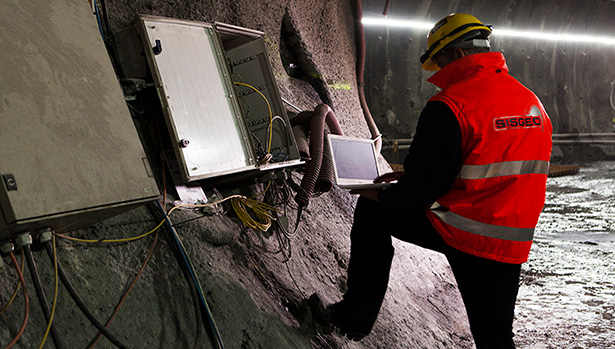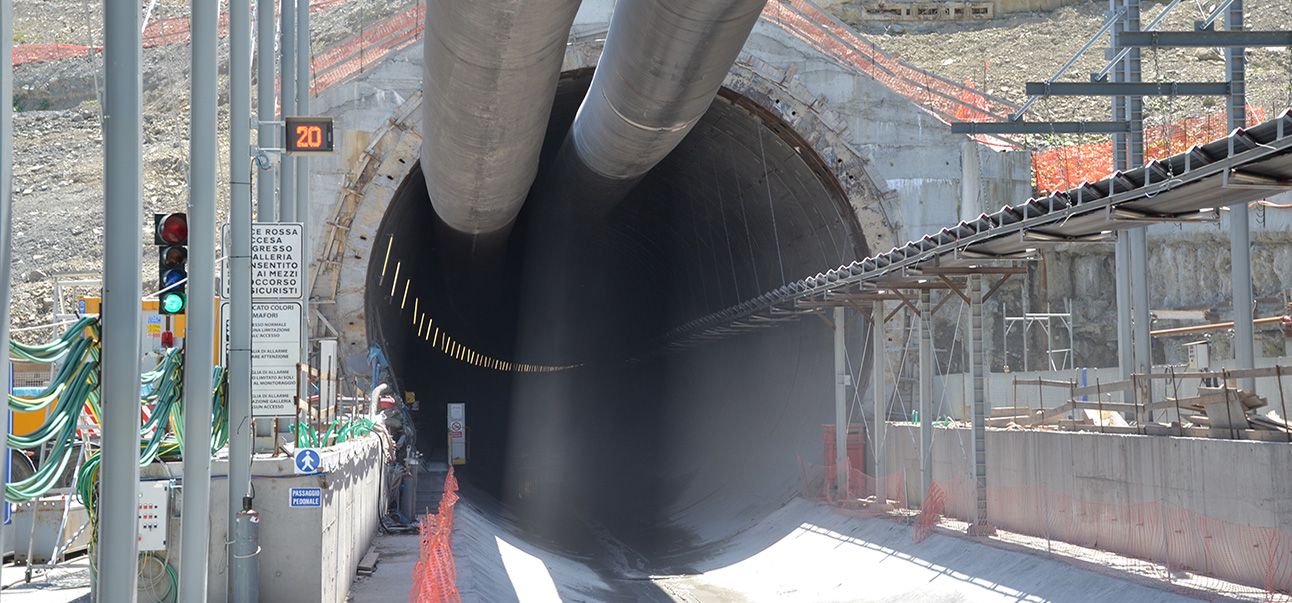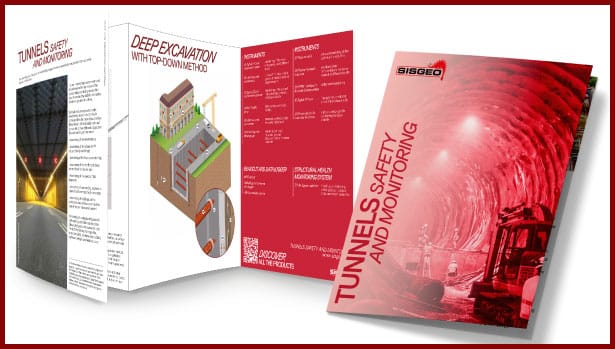What is tunnel monitoring?
Tunnel monitoring is the practice of continuously observing the structural health of tunnels to ensure safety and functionality. This involves using advanced instruments to detect any changes or potential risks in a tunnel’s structure over time, allowing engineers to act on early signs of instability or deformation. Tunnel monitoring is essential for infrastructure like subway systems, road, and mining operations, where even minor shifts can affect safety and operational integrity.
Using specific instruments for geotechnical and structural monitoring, engineers can measure crucial parameters such as displacement, strain, pressure, and vibrations within the tunnel environment. So that these measurements provide real-time insights into the tunnel’s condition, offering an early warning system that allows for preventive measures rather than reactive fixes. Therefore, accurate tunnel monitoring is a key component of structural health monitoring (SHM), a broader field dedicated to maintaining the safety and longevity of various structures through advanced data collection and analysis.
The benefits of tunnel monitoring are substantial: it helps in reducing maintenance costs, extends the lifecycle of infrastructure, and most importantly, protects lives by ensuring a safe operational environment. Instruments for such application must be reliable and durable, as they are used in harsh underground conditions where precision is critical.
At SISGEO, we provide specialized tunnel monitoring instruments designed to meet the demanding requirements of structural health monitoring. Our solutions deliver precise, real-time data that helps safeguard tunnel structures and extend their operational lifespan. With SISGEO’s products, you can trust in proven technology to support safety and stability in every phase of tunnel management.

Which are the challenges in tunnel monitoring?
Tunnel monitoring involves measuring different factors to assess structural stability and safety. This process monitors various aspects to detect any signs of risk. Key areas include:
- Ground and Rock Deformation: Monitoring ground and rock deformation helps spot instability or movement around the tunnel. This involves measuring slope changes, settlement, and uplift. Common tools include inclinometers, extensometers, and other sensors.
- Groundwater Pressure and Flow: Monitoring groundwater pressure and flow identifies hazards such as seepage or flooding. This is done by measuring pore pressure, water levels, and flow rates with piezometers and flow meters.
- Structural Deformation: Monitoring tunnel deformation reveals structural issues, such as cracks or shifts. Displacement and strain measurements use sensors like strain gauges and tiltmeters.
- During tunnel excavation, monitoring the buildings and ground above is also crucial for safety. Important measurements include:
- Settlement: Vertical displacement can happen when the ground above the tunnel settles. Measuring settlement with extensometers or topographic surveys helps detect risks and determine if corrective action is needed.
- Groundwater Levels: Excavation may change groundwater levels, affecting ground stability above the tunnel. Monitoring with piezometers helps spot any potential issues.
- Crack Monitoring: Excavation can cause cracks in nearby buildings and structures. Crack gauges and other sensors monitor these to identify risks and the need for corrective action.
- Tilt Monitoring: excavation can tilt the ground, affecting nearby structures. Tiltmeters, in-place inclinometers, or extenso-inclinometers detect tilt to address any issues.
Effective tunnel monitoring helps ensure structural stability and safety throughout and after excavation.
Take a look to our serie of educational video regarding tunnel monitoring:










